#Photography
'The Last Supper', Now With More Loctite and 10W30
Reflections On a Car Show
Automotive fine artist Tom Hale has made a career out of capturing the way that light and images reflect off of the chrome and painted surfaces of cars. Hale’s signature style has been widely imitated, but he’s still the master at it. I take thousands of photographs of cars at car shows and I never considered reflections until I discovered that I had shot a perfect side view of a piano black Hispano Suiza town car which I could not use because on a door panel there was a mirror image of a chubby guy in bicycle spandex taking a photograph (I had ridden my bike to events that day).
Worth The Wait? Old School Coverage Of Dodge's Newest Hellcat
Let’s start this off with a caveat. I make no pretensions to being a photographer. At best I can compose and frame a decent snapshot. Years ago I realized that if I wanted to get more serious about photography I’d have to start learning a bunch of technical things like depth of field and f-stops and I already had enough hobbies. As a result, I have a great deal of respect for professional and serious amateur photographers and cinematographers. That respect has grown since I started writing about cars, as that gig often requires taking photographs to accompany my words.
Last Wednesday, Derek Kreindler and I worked together to make sure that The Truth About Cars had someone to cover the Dodge Charger Hellcat reveal on-site at the event, which wrapped up around noon. We managed to get almost 100 high definition color photographs of the event and the car picked out, cropped and up on this site by mid-afternoon. We also decided that the reveal, and subsequent Woodward Dream Cruise, would be a great opportunity to show you how long you would have had to wait to see color photos of an event back in the pre-digital era.
Brenda Priddy Steps Out From the Shadows of Shooting Spy Pics With Exhibit of Fine Automotive Art
You’ve probably enjoyed Brenda Priddy’s photography before. Brenda specializes in getting spy shots of prototypes and development “mules” out testing, usually in the Arizona desert, her base of operations, though she has associates around the country. Spy shots aren’t the most artistic of photographs, though. You’re trying to get shots of the car, often a moving target, so you may not have the luxury of getting the composition, framing and every camera setting on every photo just right, but make no doubt about it, Brenda’s got some serious chops as a lenswoman. She’ll be stepping out from the shadows of shooting spy pics and making a public appearance in Chandler, Az at the January 31 opening of her exhibition of fine art photographs entitled “Automotive Artifacts: The Fine Art Photography of Brenda Priddy” at the Chandler Center for the Arts.
The Automotive Photographic Art of Zoltan Glass
A photograph of a driver sitting at side of the Nürburgring course, reading a newspaper, his Bugatti racer next to him. Zoltan Glass c. 1931.
Zoltan Glass was an amateur car racer and professional photographer who shot many of the major racing events in Germany in the 1930s as well as shooting commercial photography for automotive clients like Mercedes Benz, Horch and Auto Union.
Junkyard Treasure!
After I visited the Brain-Melting Colorado Junkyard last month, I couldn’t stop thinking about the car project I’ve been wanting to build more than any other (including even a Zaporozhets with a Tatra V8 swap, and that’s saying something) in recent years: a 1940-1954 American sedan with well-aged patina, 21st-century Detroit V8, manual transmission, and modern suspension and brakes. So, last weekend I returned to the largest assortment of cars from that era that I’ve ever seen, to get some ideas. While wandering around, looking at Kaiser Virginians and Buick Specials, I glanced up and saw the scene in the above photograph.
Lower Your Workplace Computer's Property Values With Thrown-Rod Desktop Wallpaper
After officiating at 24 Hours of LeMons races for three years now, I’ve seen every possible style of escaped connecting rod. Through the oil pan, out the side of the block, out both sides of the block, engine internals ground into random metallic hash, you name it. There’s something weirdly beautiful about the sight of an engine that gave its all on the race track, and so I’ve photographed as many thrown-rod victims as possible. What to do with those photos? Why, make them into computer desktop wallpaper files, in all the most common monitor resolutions!
Book Review: Roadside Relics by Will Shiers
It’s that time of year, with the clock ticking on your shopping for Hanukkah/Christmas/Kwanzaa and the ease of buying books online makes them such low-hassle gifts. You want to give that special car-freak on your gift list a nice coffee-table book, but everybody’s coffee table seems to be creaking beneath the weight of books full of photos of gleaming classic/exotic cars. Boring! The solution: this book full of photos of abandoned cars!
Junkyard Find, 1991: When 1960s Vans Still Hauled Parts On Half Price Day
More than two decades before I owned a Dodge A100, I admired the boxy mid-engined cargo haulers and enjoyed photographing them. Here’s a shot from the parking lot of a now-defunct self-service junkyard in Hayward, California, circa 1991; this is Half Price Day and these are customers’ vehicles. Yes, it’s a Dodge A100 and an early front-engine Ford Econoline.
Behind the Orange Curtain, 1993 Edition: V8 Mustang II, Ran When Parked
After sharing this beater Torino wagon I photographed back in the early 1990s, I ran across a series of shots of an even Malaise-ier machine. Just as silver miners often find lead mixed in with their metal of choice (or maybe it’s the other way around), I keep discovering long-forgotten car photos as I scan the negatives for the 1965 Impala Hell Project series. Here’s a car that I believe has a 0.00043% chance of having avoided The Crusher during the 18 years that have passed since these photos were taken.
1965 Impala Hell Project, Part 9: Fastening Shoulder Belts, Bailing From Academia
Road Trips: Cruising Oakland In a 40-Year-Old 1951 Chevy
I’ve been scanning a lot of my old 35mm negatives and slides for the ongoing 1965 Impala Hell Project series (using a time-slows-to-crawl 1999-vintage SCSI film scanner), and I ran across this series of panoramic black-and-white photos that I shot in the early 1990s.
The Car's Courtesans: A Flashback At Car Photography
Jacques Séguéla, a French photographer and founder of the advertising agency RSCG supposedly once said: “Don’t tell my mother I’m in advertising, she thinks I’m a pianist in a brothel”. It must have been an exclusive brothel. Photographers, especially for cars, are paid higher and are sought after more than exquisite courtesans. Fees of $1,000 per hour are not unheard of. What do they do for that much money? They make the cars look good.
Car Photograph of the Day: Valet Ballet by Phil Waters
The Denver MCA boasts something that most museums don’t have: a 1968 Chevrolet Chevelle parked on its nose outside the building. I’ve been trying to shoot a worthwhile photograph of this fine sculpture by Gonzalo Lebrija, entitled Entre La Vida y La Muerte, but I just don’t have the boss camera skilz to do it justice. Fortunately, I know a guy who does.
Book Review: Sports Car Racing In Camera, 1950-59 by Paul Parker
A proper coffee-table car book ought to be heavy on the grainy action photos, light on the words, and include photographs of Škoda 1101 Sports and Renault 4CVs at Le Mans. Sports Car Racing In Camera, 1950-59 qualifies for inclusion in even the most crowded coffee-table real estate.



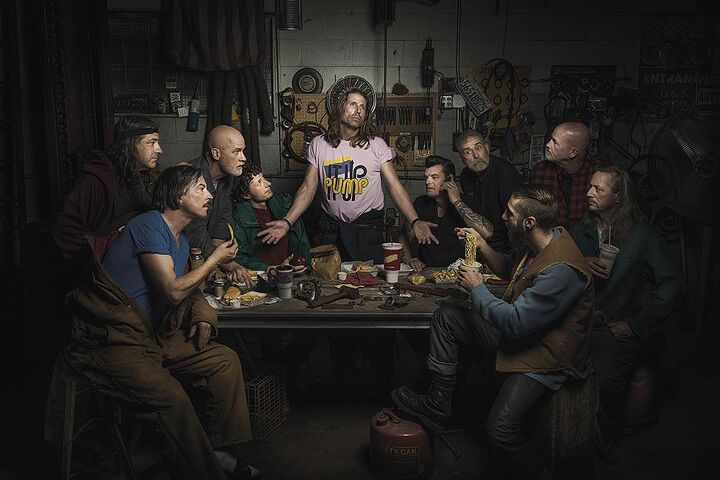


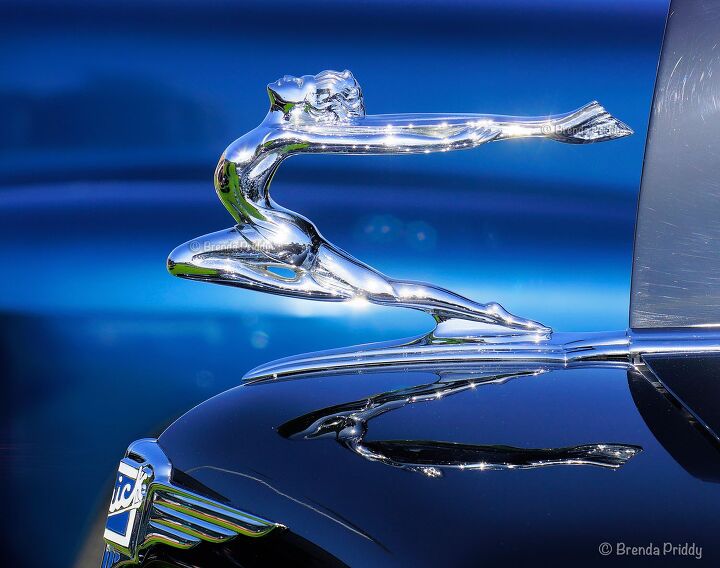
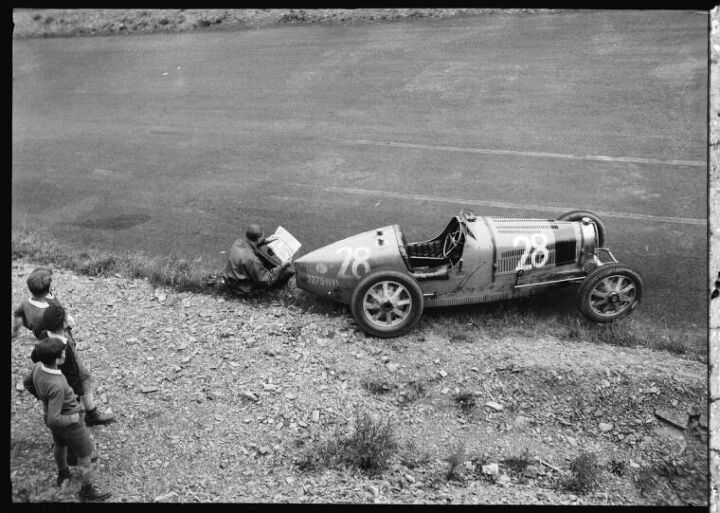
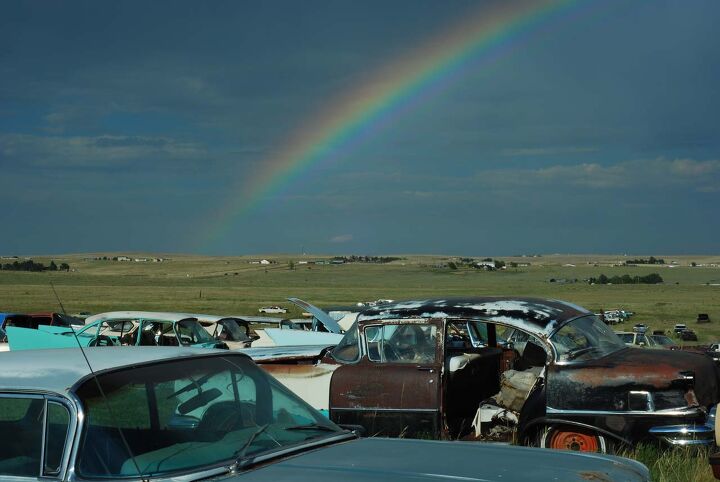
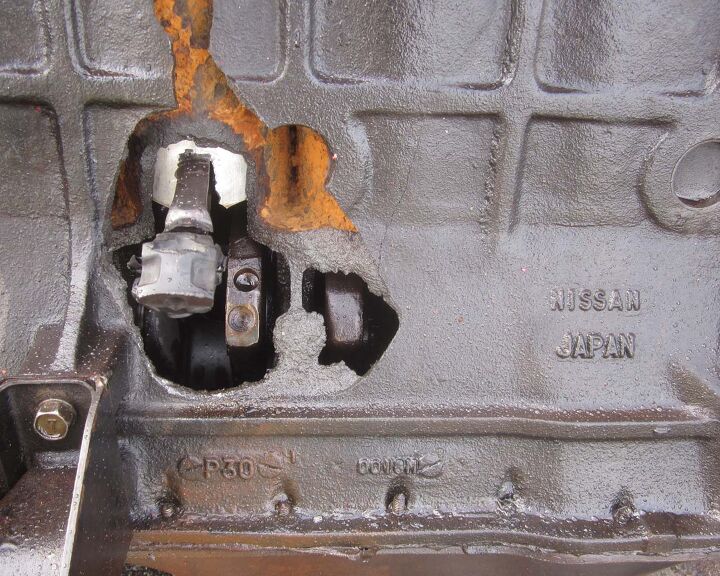
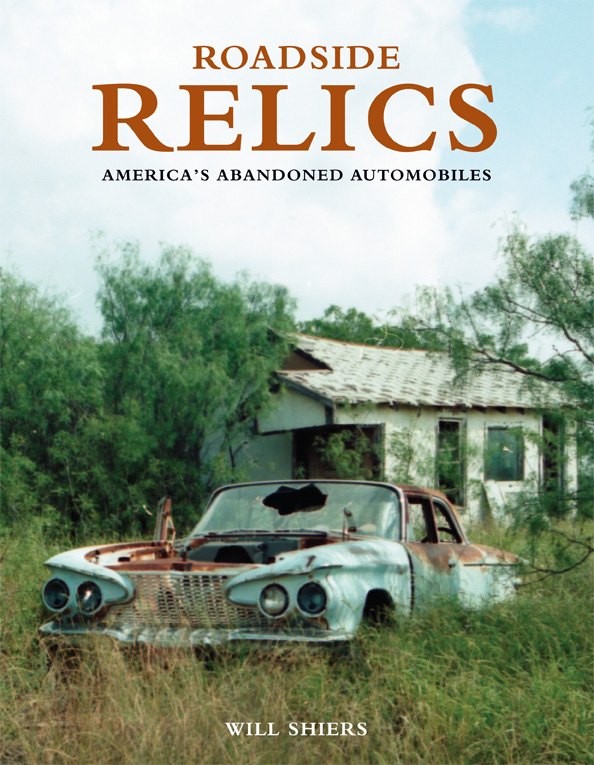




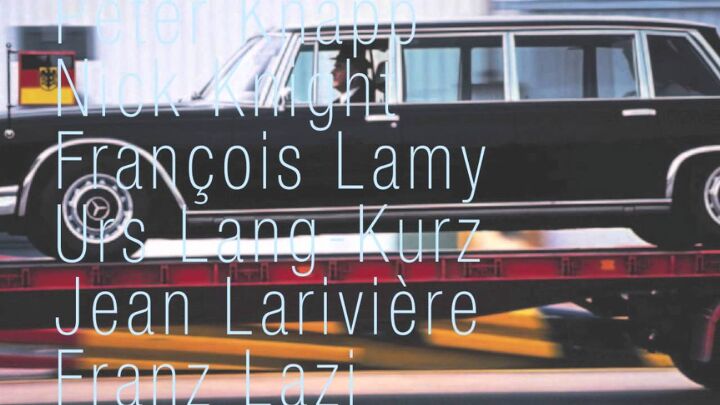
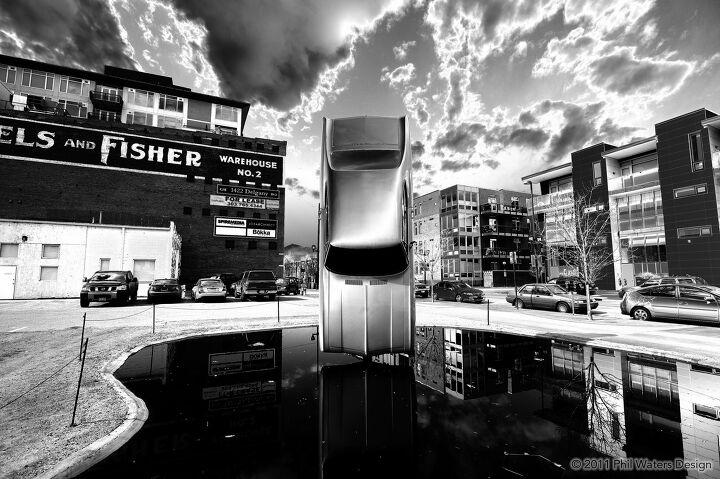













Recent Comments